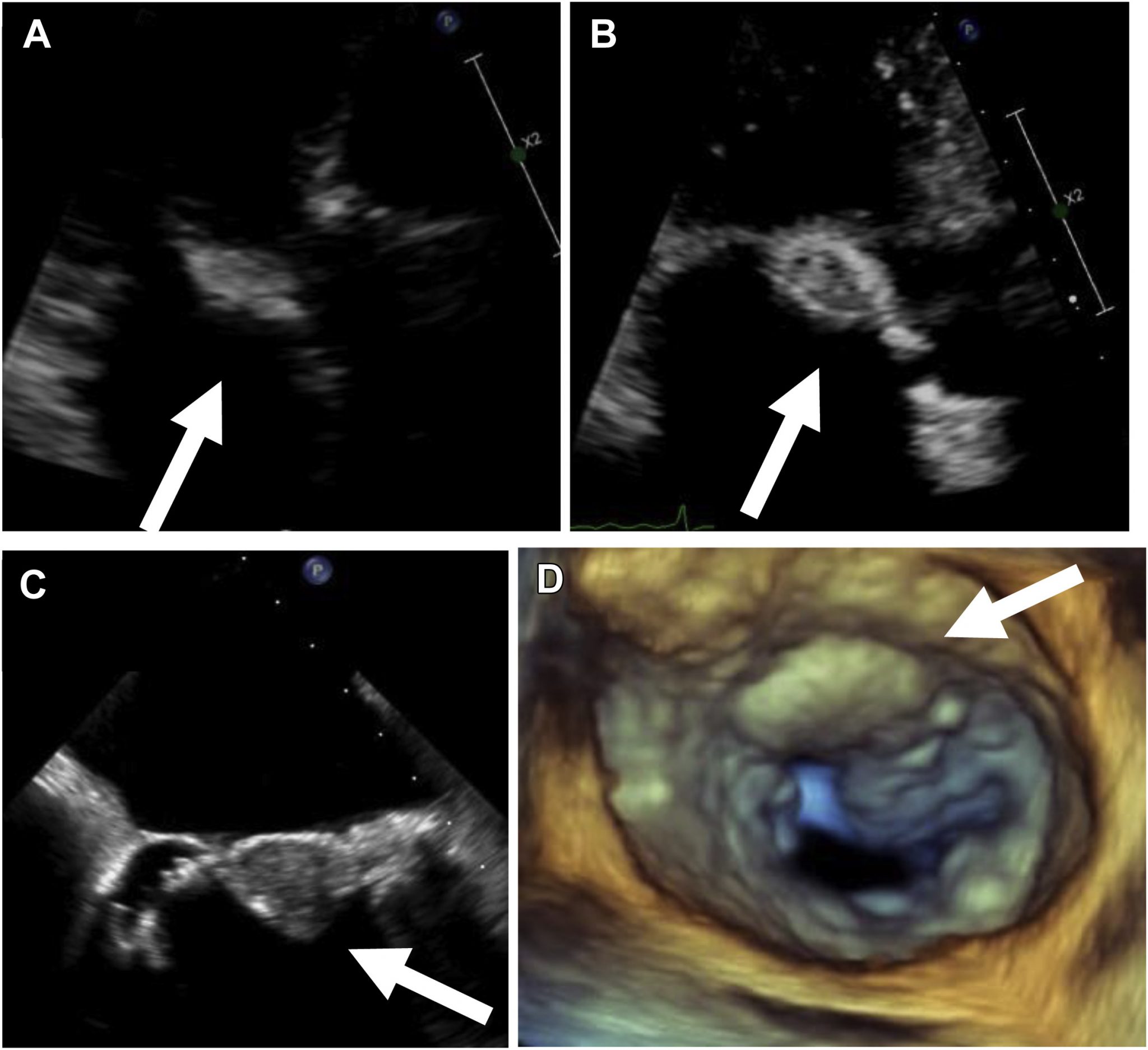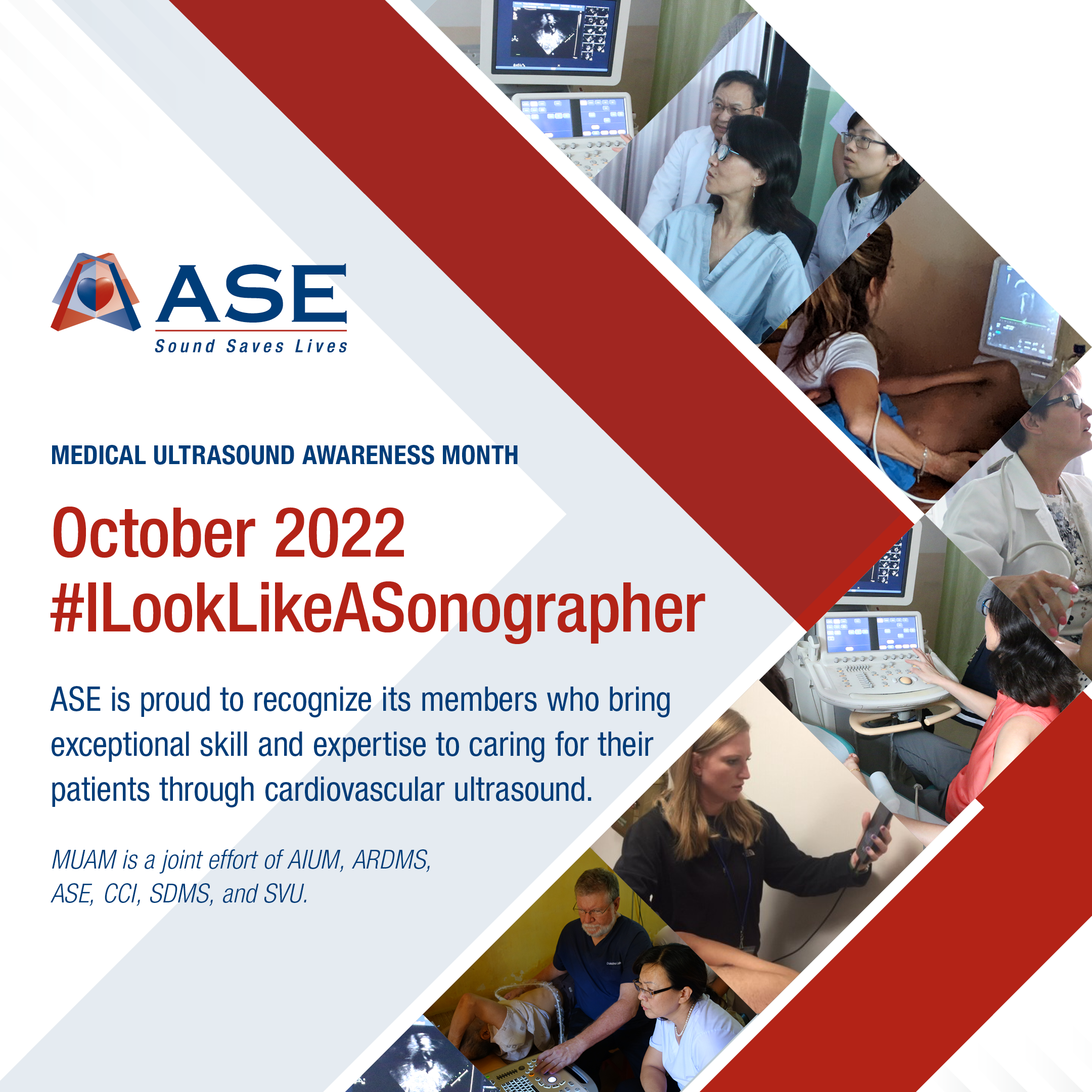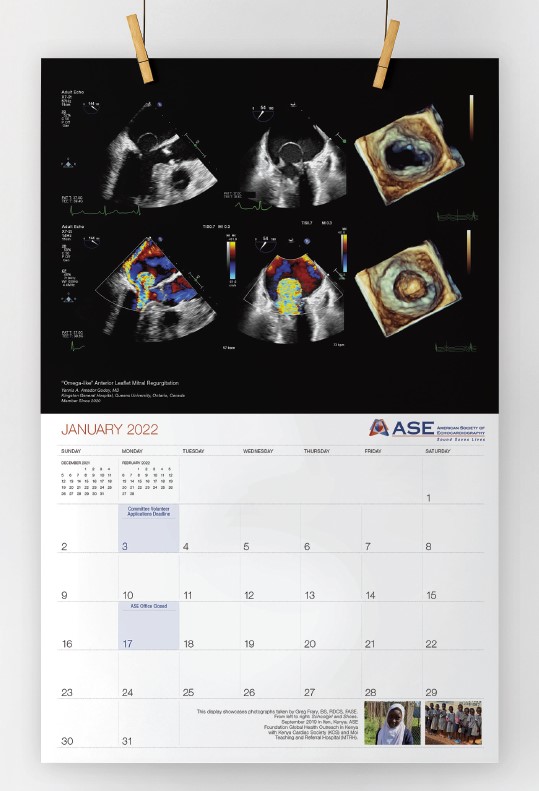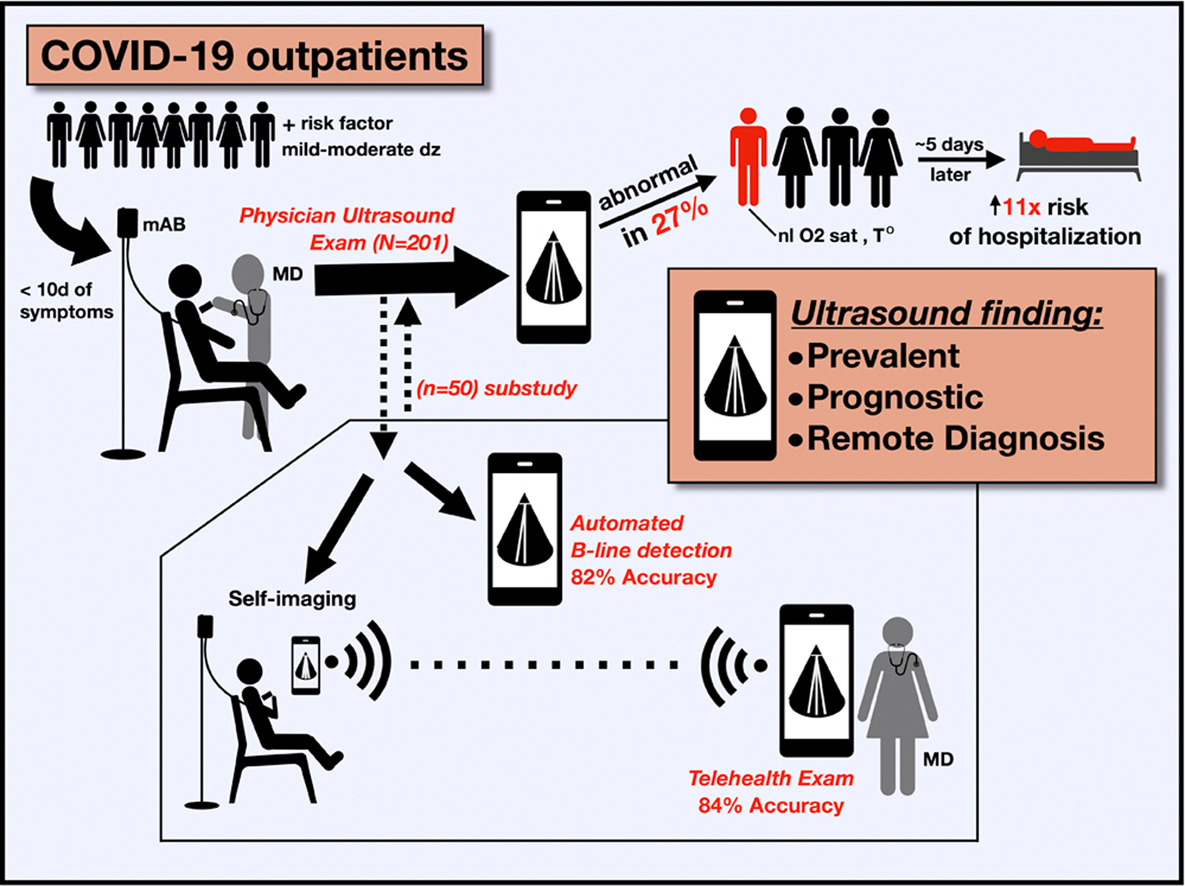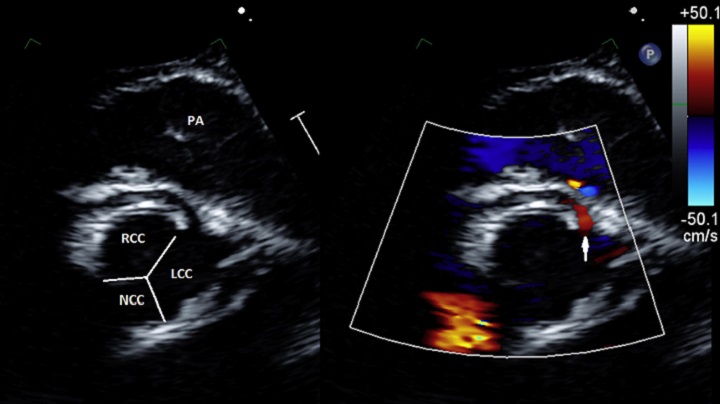Enroll in the first webinar offered by the ASE Veterinary Specialty Interest Group! This free webinar titled Human Deep Hypothermic Cooling versus Animal Hibernation: Echocardiographic Insights, will take place on October 27, 5:00 – 6:00 PM ET, and will explore the cardiovascular changes that occur during deep anesthesia in people and how these changes may be mirrored in animals that hibernate.
Attendees can earn 1 AMA PRA Category 1 Credits™ (pending approval). In addition to offering 1.0 CME credit, this activity has been developed and registered with ACCME to provide MOC, MOC Part 2, and MOCA 2.0 points in alignment with AMA PRA Category 1 Credit™.


